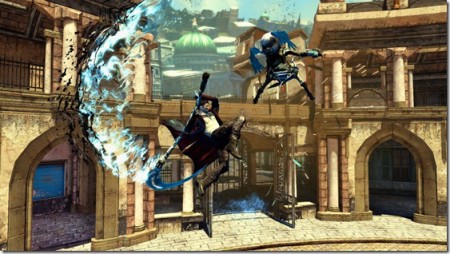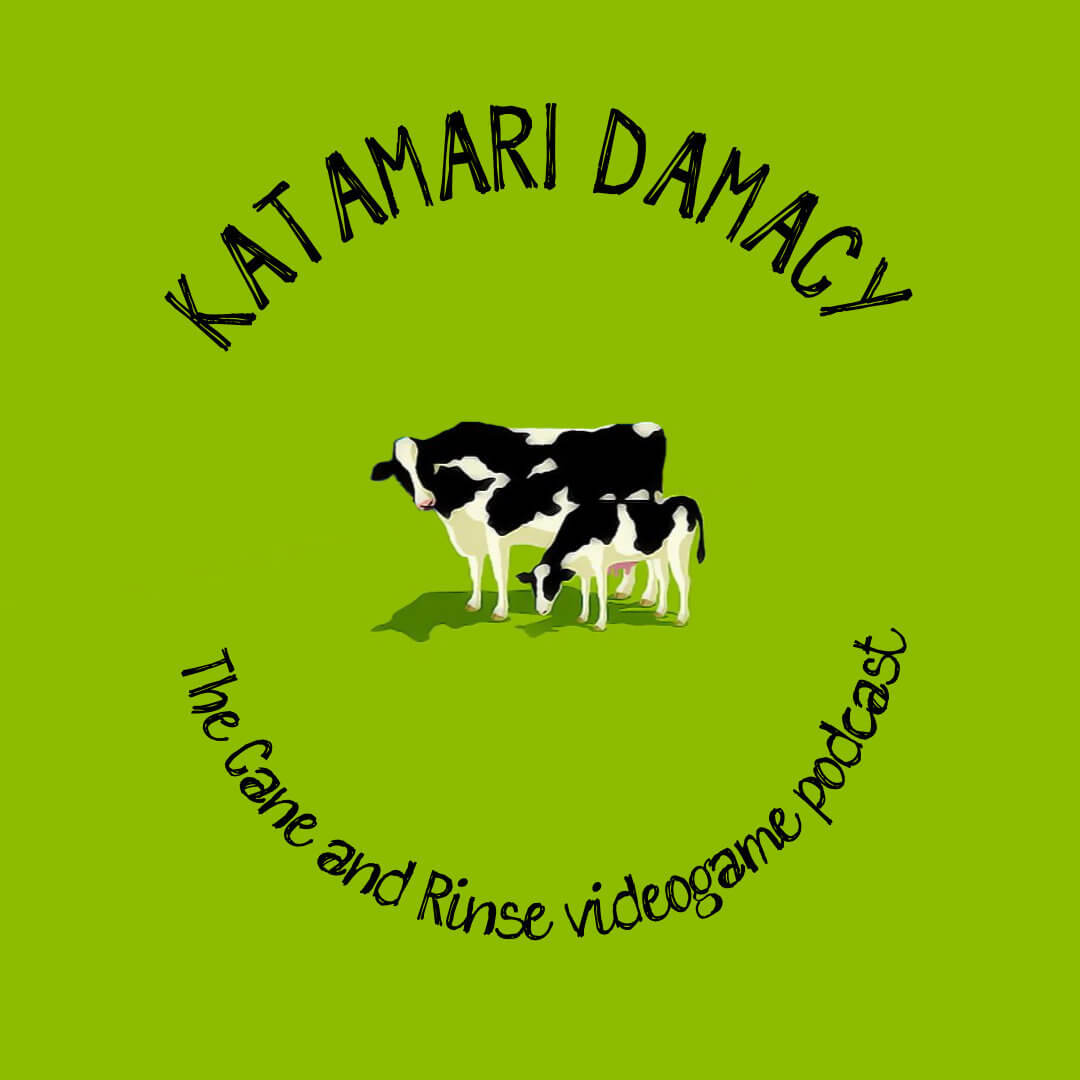If I were to describe the Devil May Cry series in one word, it would be, ‘inconsistent’. There are the highs, like the first game. Which while difficult to go back to now, was hugely influential and effectively gave birth to an all new sub-genre. Devil May Cry 3 perfected the formula, and stands as not only the peak of the franchise, but in my eyes shares the 3D brawler throne right alongside Bayonetta.
It’s the even numbered entries in the series that let the franchise down. Devil May Cry 2 squandered the good will the first game earned, and fans and critics alike revile it. Devil May Cry 4 on the other hand wasn’t truly bad in the same way 2 was. It just suffered from laziness on the developer’s part, and ended up being a completely mediocre experience. Handing the keys over to any western studio would have been controversial, but handing them over to Ninja Theory specifically seemed like an odd choice to many, and infuriating to an immature and idiotic minority. Ninja Theory have proved themselves to be great story tellers, but neither Heavenly Sword or Enslaved demonstrated they had the gameplay chops to deliver the kind of experience that fans were after. Turns out, Ninja Theory is one of the best things to ever happen to this series.

The plot and setting of DmC Devil May Cry (DmC) owe more than a little to John Carpenter’s They Live, except replace malnourished aliens with the demonic horde. The world is being controlled by demons, and almost the entire human race is oblivious to this fact. They lobotomise people with soft drinks and brainwash them with television. All so that the human race won’t question or rebel against authority. Meanwhile Mundus, The Lord of Darkness himself, uses corporate banking to manipulate events with debt. The demons are able to hide their true forms and any unsavoury goings on, using a parallel dimension called Limbo. The idea being that Limbo and the real world are so closely positioned, that it’s possible to do naughty things in Limbo that effect the real world, while humans are blind to it. Dante is a nephilim, a hybrid of angel and demon. Unlike most, nephilim are capable of entering Limbo and punching demons directly in the face. He is contacted by Kat, who represents an anti-demon organisation called The Order. The group’s leader, Vergil, turns out to be Dante’s long lost brother and requests his help to expose the demons to the public and remove them from power.

With Ninja Theory involved, I don’t think anyone will be surprised to hear that the characterisation in this game is a huge step up from previous Devil May Cry games. Dante is still an adrenaline junkie/rock star, but he’s not just the 2D caricature we’re all used to. The writers at Ninja Theory added the third dimension this character needed to be taken seriously. Dante now has believable motives, evolving relationships, and a goddamn character arc! Vergil has also been given much the same treatment, and Kat in particular really grew on me by the end of the game. Most of the demonic antagonists of DmC are a bit cartoonish, yet this seemed deliberate in DmC as foes are often used for comic relief. Of course all the characters benefit from the use of performance capture, which has been a strength of every game Ninja Theory have released.

The story itself is a little bit predictable. There is one particular plot point that those familiar with the series can probably see coming before even starting the game. Even those who aren’t familiar with Devil May Cry, will probably start thinking along those same lines about two hours in. It is a simple story, especially when compared to Ninja Theory’s previous work. Still, the execution is such that I wasn’t too bothered by these shortcomings. It gets the basics right, and when you consider THIS was the quality of writing we’d come to except from the series, getting the basics right is a huge improvement.
The aesthetic and level design of DmC has been a huge talking point, and for good reason. This is one of the most visually arresting games I’ve seen in a long time. Not because it’s technically pushing the boundaries in terms of fidelity or detail. But because the concept of Limbo has unshackled Ninja Theory’s artists from the constraints of reality, and enabled them to use the world as a canvas for their pure, unfiltered imaginations. Some of the concepts they use later in the game are just awe-inspiring. The way the environment can come to life and transform to hinder Dante’s progress is like nothing I’ve seen before. It may be scripted, but it feels as if at any moment the environment might suddenly decide to attack Dante. The world itself becomes an antagonist, probably the most interesting one in the game. I don’t want to go into any more detail than that, because nothing I say will adequately describe what Ninja Theory have achieved here. There is also the soundtrack by Noisia and Combichrist. It’s interesting, and certainly fits the style and tone of the game, though very few tracks are that memorable.

Traversing the environment takes up a fair chunk of the game. Dante’s sword, Rebellion, can transform into a grappling hook, which is mostly used in combat to close the distance between Dante and enemies. It’s also frequently used to get from A to B. While watching Dante swing from platform to platform, I immediately started drawing comparisons to Spider-man in my head, which is no bad thing. Unless of course you don’t like being reminded how bad most Spider-man games actually are. Dante also develops the ability to glide, and later sections of the game will require the player to use both this and the grapple in quick succession.

The one aspect of Devil May Cry I was worried that Ninja Theory possibly couldn’t deliver on, was the combat. I still feel Devil May Cry 3 is the king of the castle in this regard, but DmC comes really close to that level of sophistication, which is something to be applauded. The combat of Heavenly Sword and Enslaved each suffered because they prioritised animation over player control. In DmC everything feels as fast and as fluid as a Devil May Cry game should. DmC does reuse a mechanic first implemented in Heavenly Sword to interesting effect: By holding down controller triggers, Dante’s sword Rebellion will shape shift into different weapons on the fly. There are angel weapons, which are fast and deal light damage, and demon weapons, which are slow and deal heavy damage. Later in the game, certain enemies can only be harmed by specific weapons, and it becomes an interesting challenge constantly swapping between axes and glaives in order to manage a crowd. There are a huge number of combos to purchase, unlock and master; more than most players will ever manage to memorise – but I’m glad Ninja Theory have catered for those who are willing to mine the most out of their combat system.
Despite all the doubts and fears that plagued this game’s development, Ninja Theory have pulled through and delivered something special. I still have a soft spot in my heart for Devil May Cry 3, and I personally prefer the demon slaying action on offer in that entry in the series. However, there is a genuine argument to be made that DmC: Devil May Cry is the best game in the series. It’s definitely Ninja Theory’s greatest achievement to date.
















